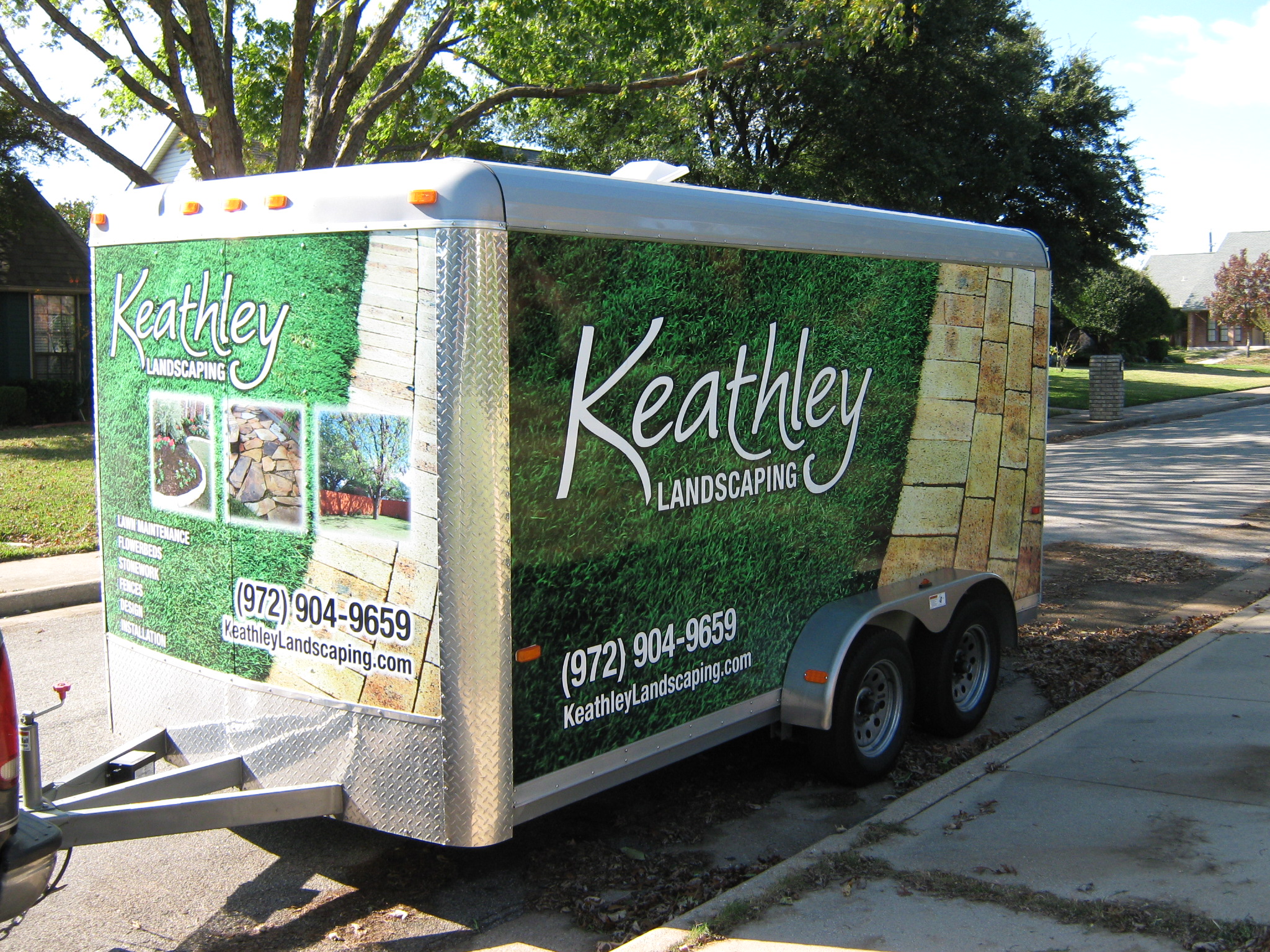French Drains: Best Practices for Urban Implementation
When it comes to effectively managing excess water in urban areas, French drains are a practical solution that can save property owners a lot of hassle. In this blog post, we’ll explore the best practices for implementing French drains in an urban setting, helping you keep your property dry and functional. Let’s dive in! 🏙️💧
Table of Contents
1. What Are French Drains?
2. Benefits of French Drains in Urban Areas
3. Best Practices for Urban Implementation
4. Common Challenges and Solutions
5. Conclusion
6. FAQs
What Are French Drains?
French drains, despite their elegant name, are a straightforward solution to a common problem: water drainage. Essentially, they are trenches filled with gravel or rock containing a perforated pipe that redirects surface water and groundwater away from an area. This ingenious system can be a lifesaver in urban environments where space is limited and excess water can quickly become problematic. 🚰
Benefits of French Drains in Urban Areas
Urban environments often face unique challenges when it comes to water drainage. Here are some benefits of using French drains:
1. Efficient Water Management: French drains efficiently channel water away from structures, reducing the risk of flooding and water damage.
2. Space-Saving Design: Their underground installation means they take up minimal surface space, making them ideal for densely populated areas.
3. Cost-Effective Solution: Compared to other drainage systems, French drains offer a budget-friendly option with a high return on investment. 💰
Best Practices for Urban Implementation
Implementing French drains in an urban setting requires some special considerations to ensure effectiveness. Here are some best practices to follow:
1. Conduct a Thorough Site Assessment: Evaluate the area to determine the flow of water and identify the best location for the drain. Consider factors like soil type, slope, and proximity to structures. 🏡
2. Choose the Right Materials: Use high-quality, durable materials to ensure the longevity of the French drain. Opt for gravel that prevents soil and debris from clogging the system.
3. Ensure Proper Slope: The drain must have a gradual slope to facilitate the natural flow of water towards a safe discharge point.
4. Regular Maintenance: Schedule regular inspections and maintenance to keep the system functioning optimally and address any blockages or damage promptly.
Common Challenges and Solutions
While French drains are effective, urban settings can present unique challenges:
Challenge: Limited Space
Solution: Opt for a narrower trench or consider vertical drainage solutions if horizontal space is constrained. 🏗️
Challenge: Utility Lines
Solution: Before installation, locate all underground utilities to avoid damage and costly repairs.
Challenge: Heavy Rainfall
Solution: Enhance drainage capacity with additional pipes or larger-diameter pipes to manage increased water volume.
Conclusion
French drains offer an effective and economical solution for managing water in urban areas, helping to prevent property damage and maintain the integrity of urban landscapes. By following best practices and addressing common challenges, you can ensure your French drain is a valuable asset to your property. 💪
FAQs
Q1: How deep should a French drain be in an urban area?
A: Typically, a French drain should be at least 18-24 inches deep, but this can vary based on soil conditions and the amount of water you need to manage.
Q2: Can I install a French drain myself?
A: While it’s possible for DIY enthusiasts, professional installation is recommended to ensure proper design and avoid potential issues, especially in urban settings.
Q3: How often should I maintain my French drain?
A: Regular inspections every six months and after heavy rainfalls are ideal to ensure the system remains clear and effective.
Q4: What materials are best for a French drain?
A: Washed gravel, high-quality perforated pipe, and geotextile fabric are commonly used materials to ensure durability and effectiveness.
Implementing a French drain in your urban space can transform your water management strategy, keeping your property safe and dry. If you have further questions, feel free to leave a comment or reach out to a drainage specialist. Happy draining! 🌧️






































Recent Comments